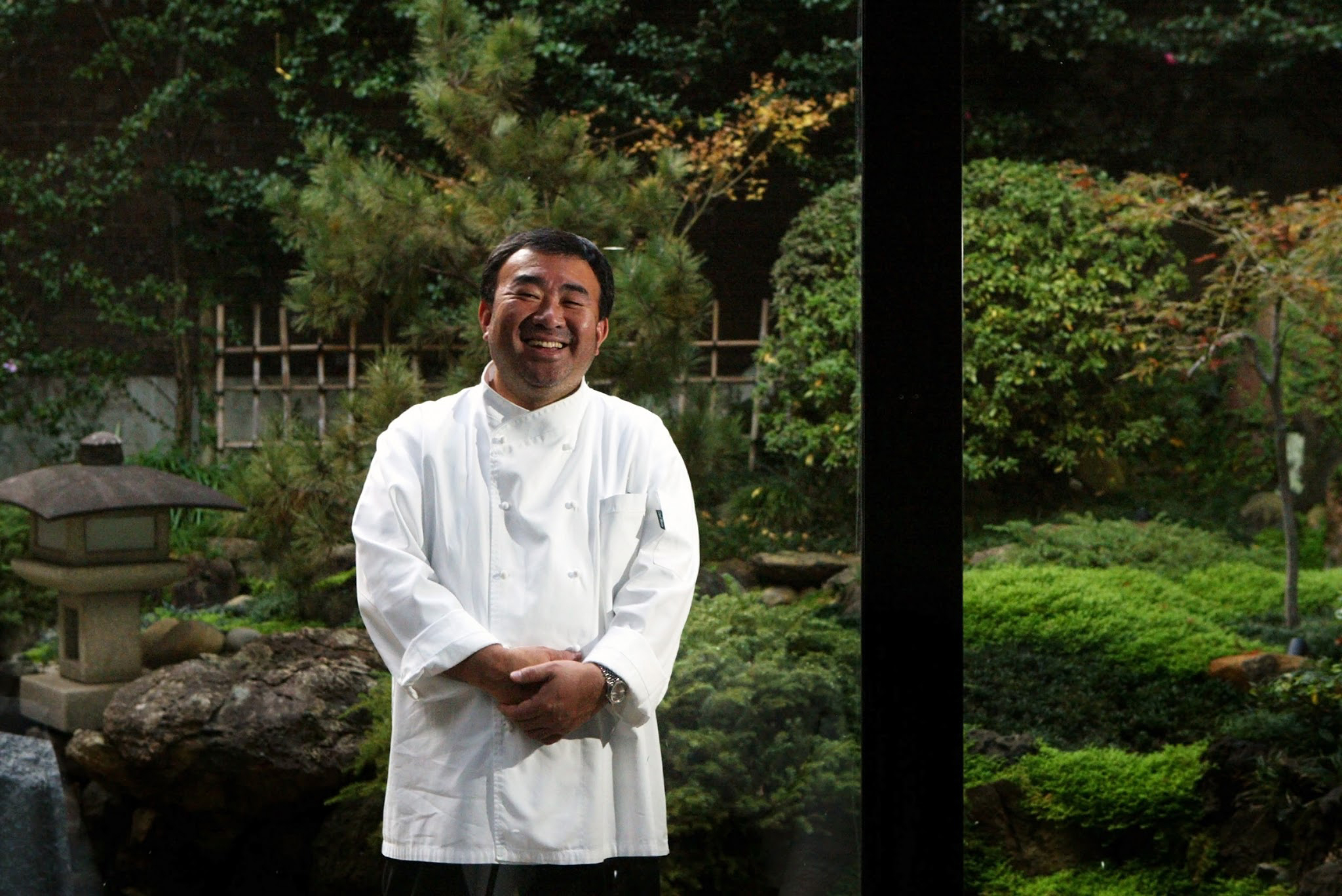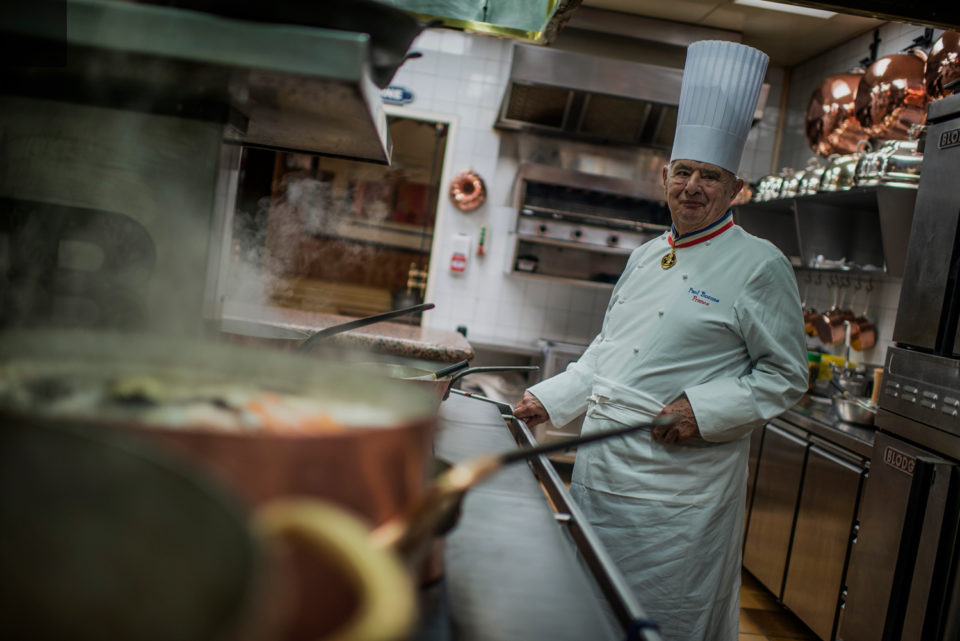An oft quoted aphorism of the iconic chef and culinary writer Auguste Escoffier states that as technology evolves so will the art of cooking. While we have had big advances in kitchen equipment the most influential changes have been in the sharing of information on the internet.
Working across the late 19th and early 20th centuries, Escoffier was familiar with Italian, English and even Russian cuisines – but his books show no sign of familiarity with what would become the primary source of inspiration for contemporary cuisine, the Zen Buddhist art of kaiseki from Japan.
For me, Zen philosophy is nothing less than a love poem to the rhythm of life. This is an important understanding as globalised influences dominate both the direction and marketing of modern cuisine.
We now, of course, have instant access to new dishes and products from all over the world through the internet, which has caused a welcome diversity in our restaurant menus and domestic foods. We also have world brands with a large commercial presence – McDonald’s, one of the biggest players in the foodservice industry, being the most obvious example.
McDonald’s has had such a huge market influence that you see some of our best-known chefs launching their own brands, pitching to different market sectors. You are able to choose from a basic McDo’s with Coke to a Hamburger of Three-Year-Old Grass Fed Angus Beef with Foie Gras and Pickled Truffles – supported by a wine list that would make James Halliday gasp with anticipation. This marketing division occurs across many sectors.
But the most genuinely progressive change in contemporary cuisine has been the marriage of French and Japanese culture. The aims of these two cuisines are remarkably similar. They both celebrate regional foods.
The Zen aesthetic that forms the boundaries of Japanese kaiseki cooking has been adapted by the French, displaying deeper and more modern expression on the plate. For kaiseki to ‘work’ all the components must be perfectly cooked and displayed. I sometimes fantasise about doing an Australian roast lamb in a kaiseki style but somehow it just doesn’t seem to be a happy marriage!
Japanese chefs have meanwhile adapted French flavours and saucing to make their dishes more empathetic for wine drinkers rather than tea or spirits – as would be the case in more traditional presentations. These changes are the result of wine becoming a beverage of choice with celebratory dinners in Japan. The flavours demanded by dishes in order to present a cohesive palate with wine have necessitated major innovations in Japanese food. As a consequence, these innovations have inspired French chefs so that their food is influenced not only visually but also with a more reductive view of flavours.
In these adaptations the classic base is always discernible to the guests. By example, a Sauce Bordelaise is classically a red wine sauce from the region of Bordeaux, flavoured with eschallot, beef demi-glace and butter, garnished with poached beef marrow and served, perhaps, with a rare fillet steak. A chef may decide to imitate the sauce by reducing some very good red wine with eschallot, garlic, herbs and pepper until it is almost syrupy, straining the base then adding olive oil in the manner of a vinaigrette and serving it with marrow seasoned, poached and laid decoratively along a cut marrow bone resting on a purée of celeriac.
This dish would form a course in a kaiseki style degustation menu and would be at home on both Japanese and French tables. Renowned as the master of sauces, and a great simplifier and moderniser, Auguste Escoffier would be both surprised and pleased today – and likely a leader in such adaptations.
Peter Gilmore, Executive Chef of the Fink Group, displays a strong Japanese aesthetic at Quay Restaurant, the food having a simplicity in display and masterly control of cooking temperatures but without the stronger French flavours of classical saucing. Peter also has restaurants with broader market appeal under his control but the Group is careful not to burden his brand with too broad a palate.
Tetsuya Wakuda would rank as perhaps Australia’s most famous chef on the international stage. His restaurant Waku Ghin, at the Casino in Singapore, outranked and outlived those of his French three-star competitors. The design of the restaurant has a deceptive simplicity, tracking the progression of guests from their arrival to the conclusion of their dinner. Seating only 25 people, there are two sittings offering a degustation of ten courses at a cost of SGD$400. The emphasis here is more Japanese than at his restaurant in Sydney.
Tetsuya’s eponymous establishment in Sydney occupies a very grand space, originally built by Suntory with the budget of a whisky producer unrestricted by the usual poverty of restaurateurs. The degustation is offered at a very reasonable price of $230.
Like many French three-star restaurants with international progeny, Tetsuya aims both restaurants at the same market segment. Any difference between the two could best be explained by the regionality of the produce. It is widely known that Tetsuya began his career in the kitchen working for me at Kinsela’s in the early 1980s. I have always tried to have a strong Japanese presence in the kitchen because of their knife and presentation skills as well as their Zen aesthetics.
My close friend Adam Wynn is the Japanese Consul in Adelaide and we once spent a week together in Japan, me cooking at the Hotel Seiyo Ginza and Adam introducing his wines to the Japanese markets. His agent, Toshio Yasuma, took us to a kaiseki dinner in Kyoto to sample the cooking of Japan’s most influential chef, Yoshihiro Murata, at his restaurant Kikunoi. The restaurant is situated on one of the old canals and has been in his family for three generations. Spanish chef Ferran Adria describes the cuisine as being “born of an intimate communion between the work of man and the gifts of nature.”
Murata-san describes his cooking as “maintaining our deep emotional linkage with the annual shifts in climate, ingrained from ancient times whether cultivating crops or fishing at the coast.”
So when I am asked “What is kaiseki?” I have a very simple answer. “It is eating the seasons.”

Portrait of Tony Bilson by John Olsen
Read: Kaiseki – The Exquisite Cuisine of Kyoto’s Kikunoi Restaurant





